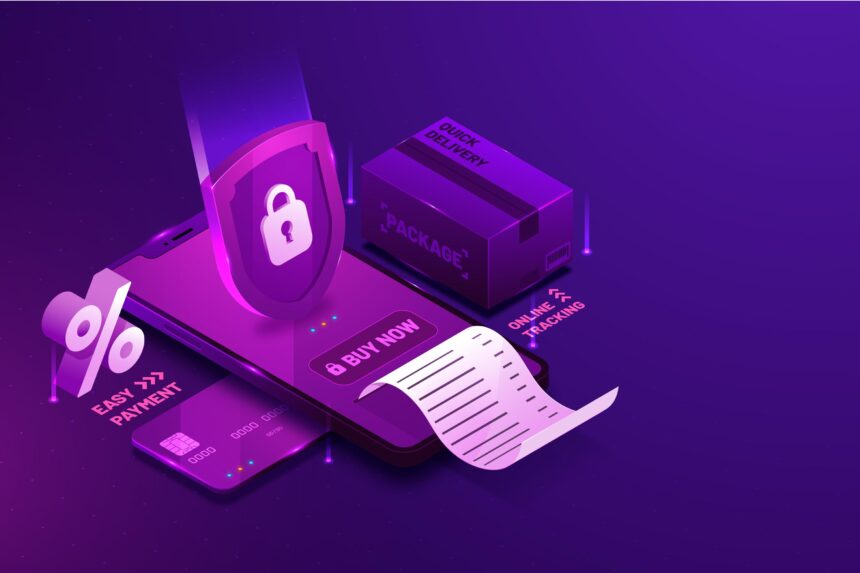Online banking security has never been more critical. In 2025, more than 80% of banking customers rely on mobile apps and online platforms for their daily transactions. While this convenience has transformed the financial world, it has also created a perfect hunting ground for cybercriminals. The good news? With the right strategies, you can protect your money and personal data from most threats. This guide breaks down 10 proven steps to help you take control of your finances and keep your accounts safe.
1) Understand the Modern Threat Landscape
The first step in mastering online banking security is understanding what you’re up against. Cybercriminals no longer rely solely on obvious phishing emails. Instead, they deploy advanced techniques such as spear phishing, banking Trojans, fake banking apps, and man-in-the-browser attacks. These methods are designed to look legitimate, tricking even tech-savvy users into revealing credentials.
For example, in 2024, a European bank reported losses of over €12 million due to a sophisticated malware attack that targeted customers’ browsers and inserted fraudulent transactions in real time. Understanding these evolving tactics allows you to be more cautious and spot suspicious behaviour before it costs you money.
For more details, visit the CISA online banking security resources.
2) Use Strong, Unique Passwords
A weak password is like leaving your front door unlocked. Avoid predictable choices like pet names or birthdays. Instead, use a passphrase that combines unrelated words, numbers, and symbols—for example: “Sunset!Train47$Maple”. This makes it significantly harder for hackers to guess or crack your login.
Consider using a password manager to generate and store complex passwords. It’s a one-time setup that gives you long-term peace of mind. Even if one of your accounts is compromised, a unique password ensures the rest stay protected.
Never reuse passwords across multiple accounts. If your email password is stolen, attackers will try it on your bank accounts too—a technique known as “credential stuffing.”
3) Enable Multi-Factor Authentication (MFA)
Multi-Factor Authentication adds an extra layer to your online banking security. Even if someone steals your password, they won’t be able to log in without your secondary verification—such as a one-time code sent to your phone, a fingerprint scan, or an authentication app.
Many banks now offer multiple MFA options, and some even allow you to restrict logins to certain devices. Always enable MFA wherever possible, and avoid SMS verification if your bank offers a more secure alternative like an app-based authenticator.
Learn more from NIST’s MFA best practices.
4) Avoid Public Wi-Fi for Banking
Public Wi-Fi networks—like those in cafes, airports, or hotels—are a goldmine for hackers. These networks are often unencrypted, allowing attackers to intercept your data. If you must access your account while away from home, use mobile data or a VPN to encrypt your connection.
Case in point: a 2023 security report showed that over 20% of public Wi-Fi hotspots in major cities were vulnerable to “evil twin” attacks, where a fake network mimics a legitimate one. Always verify the network before connecting.
5) Keep Devices and Apps Updated
Updates are more than just feature improvements—they often include critical security patches. Cybercriminals actively search for unpatched vulnerabilities in outdated operating systems and banking apps.
Enable automatic updates on your smartphone, tablet, and computer. Make sure your banking app is always downloaded from official stores like Google Play or Apple’s App Store to reduce the risk of installing malicious versions.
Some banks now push security alerts directly through their apps when a major vulnerability is discovered, so pay attention to these notifications.
6) Spot and Avoid Phishing Scams
Phishing remains one of the top threats to online banking security. Scammers can make fake emails or websites look exactly like your bank’s official portal. Always check the URL, and never click on suspicious links.
If you get a security alert or suspicious message, contact your bank through their official customer service number or secure messaging system. Never rely on the contact information provided in the suspicious email itself.
Phishing kits are now sold on the dark web, making it easier for amateur criminals to launch convincing scams. The best defence is a healthy dose of skepticism.
7) Monitor Your Accounts Regularly
Checking your account activity regularly is one of the simplest yet most effective security practices. Look for unfamiliar transactions, even small ones—criminals often test accounts with small charges before making larger withdrawals.
Set up alerts in your banking app for every transaction, login attempt, or password change. That way, you can act immediately if something suspicious happens.
Quick detection is key to minimising losses and stopping fraud in its early stages.
8) Limit Account Access
For joint or business accounts, limit the number of people with full access. Remove old users promptly, and ensure each user has the minimum necessary permissions. The fewer people with full control, the lower the risk of accidental or intentional misuse.
Some banks now offer “view-only” access for certain users—ideal for accountants or financial advisors who don’t need to initiate transactions.
9) Be Cautious with Third-Party Apps
Budgeting, investment, and payment apps can make life easier, but they often require access to your banking data. Before linking your accounts, research the app’s security measures and reputation.
Stick to apps with strong encryption, transparent privacy policies, and positive user reviews. Revoke access immediately if you no longer use the app.
Financial aggregators are especially high-risk targets for hackers, so choose wisely.
10) Have a Security Breach Response Plan
Even with strong precautions, breaches can happen. Prepare by knowing your bank’s fraud hotline and having a step-by-step response plan: freeze your accounts, change passwords, and report the incident to relevant authorities.
Keep a printed copy of your bank’s emergency contacts in case your devices are compromised and you can’t access them online.
Quick action can often mean the difference between losing a small amount and facing devastating financial loss.
Common Mistakes to Avoid
Many people weaken their online banking security by saving passwords in browsers, ignoring app updates, or clicking links in unsolicited emails. These small lapses can undo even the most sophisticated protections. Make a habit of reviewing your security settings at least twice a year.
Balancing Security with Convenience
Security doesn’t have to mean complexity. Features like biometric logins, fraud alerts, and card-locking tools make it possible to protect your money without creating a frustrating user experience. By combining technology with good habits, you can enjoy both safety and convenience in your digital banking life.
Resources
Read our related article on AI Banking Revolution for more insights. For official guidance, visit the FTC banking security page and the Europol cybercrime prevention guide.






